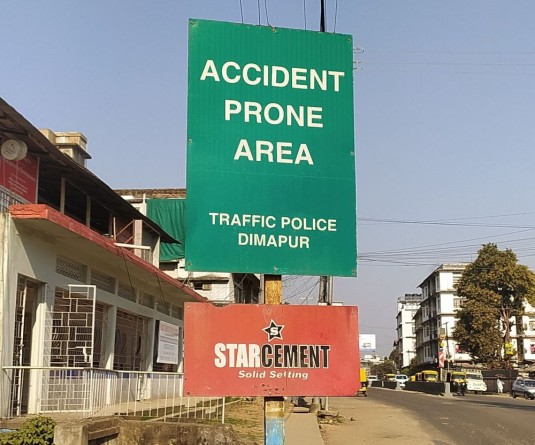
In 2008 the Ministry of Women and Child Development, Government of India declared January 24 of every year to be celebrated as the ''National Girl Child Day'' with the objective of raising the consciousness of the society towards the cause of the girl child so that she can be valued and respected. Through this campaign, the Indian Government has highlighted the inequalities towards the girl in the Indian society.
The mission of the Nagaland State Social Welfare Board (NSSWB) since its inception in 1958 has been to implement the various programs of the Central Social Welfare Board, the Ministry of Women & Child Development, Government of India (GoI), and to assist the State Government Plan programs. Its goal is to sustain the growth and development of Voluntary Organizations working for Women, Children and the weaker sections of the society, as well as providing financial assistance for taking up various welfare programs in the State.
The State Resource for Women (SRCW) works towards implementing gender sensitive programs, laws and schemes through effective coordination at the State level under the aegis of the Nagaland State Social Welfare Board (NSSWB). In the State, the SRCW is the implementing agency of the National Mission for Empowerment of Women anchored to the Ministry of Women & Child Development, GoI. It is the implementing agency for women empowerment schemes such as - the Women Helpline-181, Sakhi- One Stop Centre, and the Project Management Unit for the Beti Bachao Beti Padhao scheme.
BETI BACHAO BETI PADHAO (BBBP): The Ministry of Women and Child Development, Government of India has been taking a multi-pronged approach to address and reverse the trend of declining child sex ratio in the country. The Beti Bachao Beti Padhao was launched by the Prime Minister Narendra Modi on 22nd January 2015 at Panipat Haryana to address significant declining trend in the Child Sex Ratio (CSR). CSR is calculated as number of girls for every 1000 boys between the age group of 0-6 years. The overall goal of the BBBP Scheme is to celebrate the Girl Child and enable her education.
The objectives of the Scheme are: 1. To prevent gender biased sex selective elimination 2. To ensure survival and protection of the girl child 3. To ensure her education and participation of the girl child The BBBP- Nagaland Chapter was launched on the 13th October 2015 by the then Chief Minister, Shri T.R. Zeliang. Education of the girl child, her protection and safety has been the main focus of the BBBP- Nagaland. With mass awareness drives being carried out across the State at various platforms, the impact on the girl child education has become more visible.
In Nagaland, Longleng district has been identified as the gender critical district, having recorded a CSR of 885 from 964 as per 2001 and 2011 census. Therefore the BBBP Scheme is being implemented in the district.
SAKHI- ONE STOP CENTRE (OSC): The Sakhi- One Stop Centre provides support to women and children affected by violence through medical, legal and psychological counseling. The centre is open 24/7, and provides temporary shelter facilities to the aggrieved women for a maximum of 5 days. Sakhi-One Stop Centre is integrated with the 181 Women Helpline.
181-WOMEN HELPLINE (WHL): The 181-Women Helpline is a 24 hour toll-free telecom service, exclusively designed to support women and children affected by violence. It provides immediate and emergency response to any woman or girl facing violence within public or private space through referral services, as well as providing information about women related schemes and programs across the country. The Women Helpline is currently established in Kohima.
The objective of all these initiatives is to work towards ensuring that the girl child is born, loved and nurtured and that she grows up to become an empowered citizen of this country with equal rights and opportunities.
Issued by: SRCW (Nagaland Chapter)



